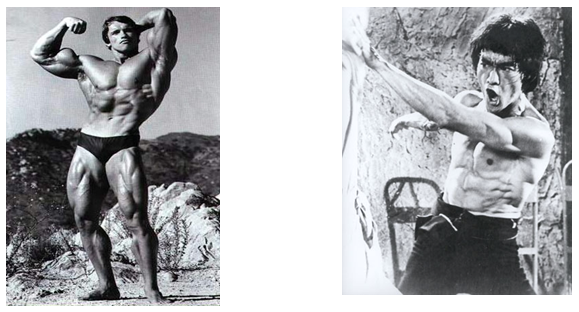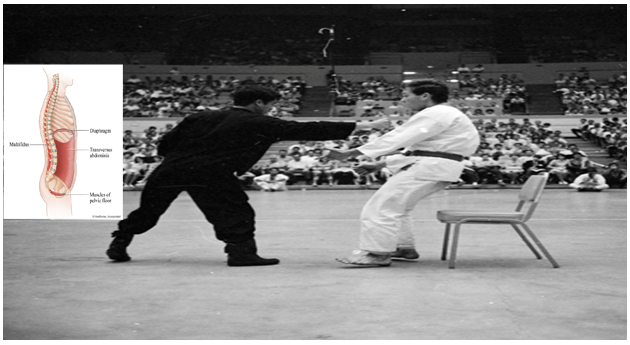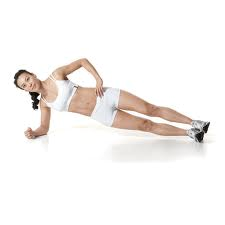This is the final installment of our series on the importance and application of breathing for pain relief, lumbar stability, and athletic performance. So far we’ve learned the mechanics of efficient breathing and how it helps relieve pain and stabilize our spine to prevent things like disc herniation, degenerative disc disease, and muscle imbalances. Today’s article gets a bit more into the application of efficient breathing patterns and how something as simple as learning how to tap into your core correctly can add 50 yards to your drive on the golf course, kick a soccer ball with more velocity, or add speed to your serve in tennis.
Power development in sports is a topic that has been well researched and often written about. By no means am I suggesting that learning to breathe is the one thing that is going to make you a superstar athlete but it is an often-overlooked component that more and more trainers, strength coaches, and athletes are starting to recognize. Although each sport is unique in its demands with regard to flexibility, strength, power, and specificity of skill, the common denominator required of all sports is core strength. Let’s take a second and make sure we’ve learned what core strength is. Which guy below would you predict has the stronger core that’s capable of developing more power?
Sorry Governator, the winner is Bruce Lee. If power development was dependent on muscle mass, clearly Arnold would be my pick, but functional core strength is dependent more so on ability to maintain a neutral spine. That is what core strength means: The ability of the core to maintain neutrality in the presence of an outside force acting upon it. This is why Tiger woods can drive a ball 1,509,487 yards (approximately J) and Andy Roddick terrifies his opponents with his devastatingly fast serve. These guys are able to transfer energy from their lower body to their upper body with very few energy leaks along the way. The core serves as the transition point and therefore has to be strong enough to transfer this energy.
What the best athletes have in common, among other things like favorable genetics and highly refined motor skills, is their ability to develop reactive core strength. Having a strong core does not mean that we walk around all day with a flexed six pack. It means having the ability to develop core stiffness in an instant when its needed and then being able to relax again. This is what Tiger Woods does so well. Most of his body is relatively relaxed during his backswing and the first part of his front swing. This relaxed posture is what gives him the range of motion necessary to create such a large arc on his swing. But the very moment that his club head meets the golf ball, his core turns stiff as a concrete wall. This stiffness ensures that all energy he has created is transferred through his club head and none is lost in the form of an unstable core.
Another great example of this brings us back to the great martial artist mentioned before, Bruce Lee. Ever heard of Bruce Lee’s one inch punch? If not let me quickly enlighten you. At a martial arts event, Bruce Lee set up to punch another fighter directly in the chest. But he would not use a normal punch. He clenched his fist and placed it one inch away from his opponent’s chest. In an instant, Bruce’s fist met the man’s chest and sent him flying off his feet and backwards into a chair.
Now how does this work? How did he develop so much power with just one inch of movement? The answer lies in his tremendous ability to brace his core and not lose one drop of energy from his foot to his fist. This would be impossible to do if not for his efficient use of his diaphragm to create intra-abdominal pressure that stabilizes his spine. At the moment his fist strikes his opponent.
Muscular strength does play a role in being able to develop power in any given sport or athletic endeavor. But without the ability to stiffen the core while you use those big muscles, injury is inevitable. Think of a baseball pitcher. He could have the strongest shoulder and arm in the world that has the potential to hurl a baseball 100mph. But without the proper core strength to stabilize as he throws, its all for naught. It’s like shooting a cannon out of a canoe. The cannon could fire the cannon ball a mile away but if it has nothing to brace it, there will be no power behind it. The core works the same way. It provides the stable base for our limbs to move from.
So how do we brace the core for more power in sports?
The very first thing you must do is learn how to properly breathe using the diaphragm to create intra-abdominal pressure. Check out the previous two articles in this series to get you started on basic breathing exercises.
Once you’ve got the basics down, you can start taking them to your athletic efforts. The goal here is to develop that moment of stiffness that is sandwiched by relaxation. Relax – contract – relax. Again, we are not walking around like stiff boards waiting for something to challenge our core stability.
Truth be told, you already know how brace your core. You do it every time you sneeze or cough. The trick now is to consciously cue that when it’s needed and to continue to breathe in the presence of your abdominal brace. At no point should you have to hold your breath. Brace and breathe.
Try this new twist on an exercise you may already do. During your side plank, place your top hand just above the top of the crest of your hip. Your thumb should be on your side or slightly towards your back. While you hold your side plank, try to get your core to push into your thumb with each inhale. Your core will be braced as you attempt to keeps your hips off the ground. The idea is to breath efficiently in the presence of this brace. Once you’re consciously able to tap into this, it will be easier to make a part of your athletic technique.
With honest effort, you will get results
I’ve had my own personal success on the golf course with utilizing everything I just talked about. I bought a bucket of balls at the driving range and practiced remaining nice and loose until the moment that my club head met the golf ball. I focused on creating that intra-abdominal pressure that allowed for seamless transfer of energy from the lower body to the upper body. The results can be summed up in two words: Longer, Straighter.
I hope you’ve enjoyed this little series on the core and breathing. Training how to breathe efficiently can be mundane and seem a little pointless at times. But I can tell you from personal experience and also in seeing results in my patients, that if you spend a little time training your breath to stabilize your lumbar spine, you will undoubtedly experience less pain and enjoy positive things happening in your athletic endeavors.
Author
Dr. Jeffrey Jones, D.C., C.S.C.S.
Loop Chiropractic & Sports Injury Centers



